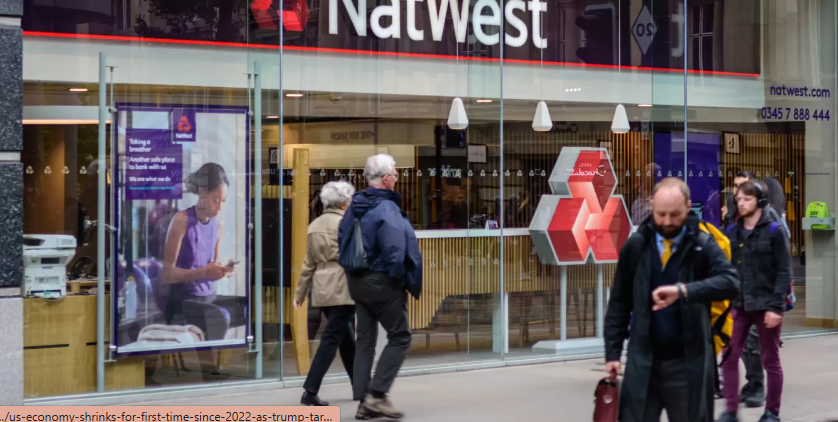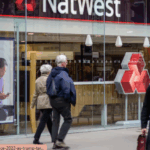NatWest Group has reported a sharp rise in quarterly profits, providing a timely boost for shareholders and taxpayers as the UK government moves closer to ending its 15-year involvement in the bank following its financial crisis bailout.
The FTSE 100 lender, formerly known as Royal Bank of Scotland, posted a 36% increase in pre-tax profits to £1.8 billion for the first quarter of 2025, significantly exceeding analyst expectations of £1.6 billion. The strong performance was driven by increases in both lending and deposits, signalling robust customer activity despite broader economic uncertainties.
NatWest also upgraded its outlook for the year, forecasting that revenues and return on tangible equity will reach the higher end of previous guidance. Chief executive Paul Thwaite described the start of the year as “a strong quarter,” praising the bank’s performance and resilience of its customers amid growing global volatility.
The earnings announcement came shortly after a stock exchange filing revealed that the UK government’s stake in NatWest had dropped to just 1.98%. This marks a major step toward the bank’s full return to private ownership, following the government’s 2008 bailout that saw it take an 85% stake at a cost of £45.5 billion — one of the largest corporate rescues in UK history.
At the current pace of share sales, full privatisation is expected within weeks, representing a milestone for both the bank and the broader UK financial sector.
Despite the strong results, the bank acknowledged ongoing risks. NatWest took a £189 million credit impairment charge in the quarter, reflecting cautious provisioning against potential defaults, though the bank reported stable credit conditions across its portfolio.
The credit warning echoes signals from other major banks, including Lloyds, Barclays, and HSBC, which have flagged rising risks tied to global trade tensions and recent US tariff hikes introduced by President Trump.
Investors responded positively to the NatWest update, with shares rising 2% to 486p in Friday trading, buoyed by the improved financial outlook and progress towards full privatisation.
The bank’s performance and the government’s near-complete exit mark a symbolic moment in the recovery of the UK banking sector from the 2007–2009 financial crisis.








